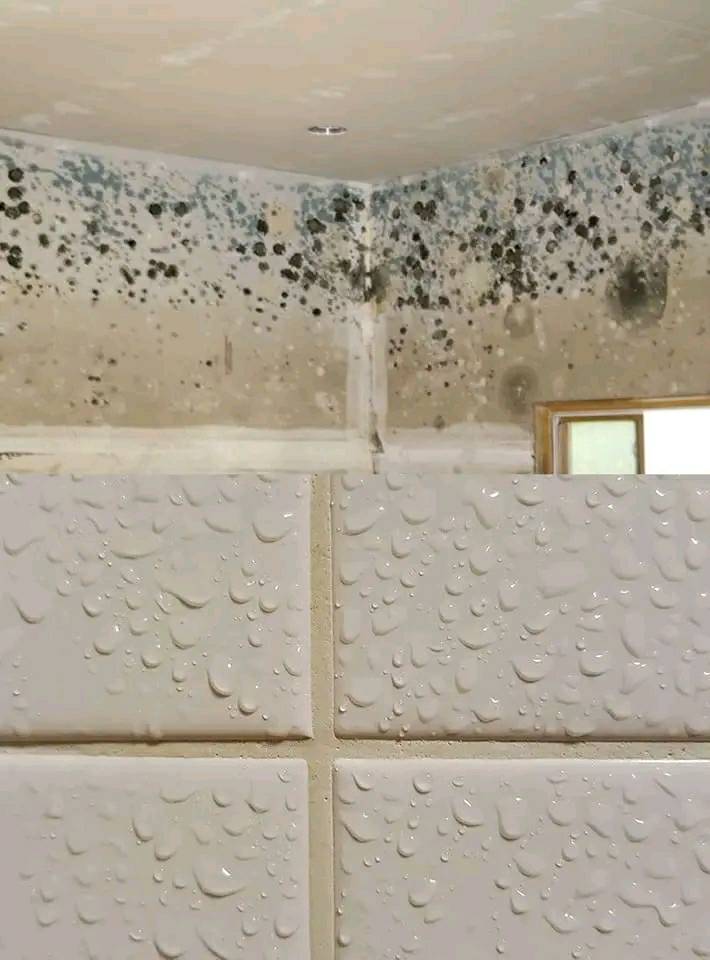Humidity in the home can be more than just an inconvenience; this can lead to problems such as mold growth, health problems, and damage to the structure of the home. However, solutions do not always require modern technology. Sometimes, centuries-old wisdom, like that of our grandmothers, provides the most effective remedies.
The Science Behind Humidity and Its Effects
Humidity is basically the amount of water vapor present in the air. High humidity levels in homes can create an environment conducive to mold growth. It can also exacerbate respiratory problems and attract parasites like dust mites.
The wisdom of grandmothers: natural solutions to humidity
Our grandmothers often turned to simple but effective natural methods to combat humidity. These proven techniques are not only cost-effective but also environmentally friendly.
1. Ventilation: the age-old method of circulating air
Understanding Ventilation : Good air circulation is crucial to managing indoor humidity.
Practical tips : Regularly opening windows and doors to create a cross breeze can significantly reduce humidity levels.
2. Salt: a natural dehumidifier
How Salt Works : Salt is a hygroscopic material, meaning it can absorb moisture from the air.
Use salt effectively : Placing bowls of rock salt in humid areas can help absorb excess moisture.
3. Plants that reduce humidity

Natural dehumidifiers : Some plants, like Boston ferns and peace lilies, naturally absorb moisture through their leaves.
Select the Right Plants : Incorporating these plants into your home decor can help maintain a balanced humidity level.
Continued on next page

